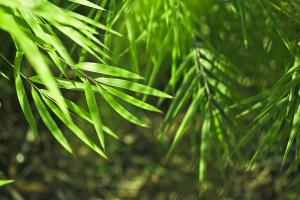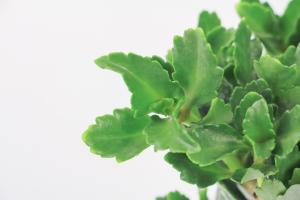How to Care for Your Angel Plant
Angel plants, also known as Caladiums, are beautiful tropical perennials that are popular for their striking foliage. With their heart-shaped leaves in a variety of colors including green, red, pink, and white, Angel plants are great additions to any indoor or outdoor space. But to keep your Angel plant thriving, it is important to provide proper care. Here are some tips on how to care for your Angel plant.
Lighting Requirements
Angel plants thrive in bright, indirect light. They are not fond of direct sunlight, which can damage their delicate leaves. It is best to place your Angel plant near a window that receives plenty of indirect sunlight. Avoid placing your plant near a heat source or in a drafty area, as this can cause the leaves to droop.
Watering Requirements
Angel plants require consistent moisture, but not wet soil. As a rule of thumb, water your Angel plant when the top inch of soil feels dry to the touch. Overwatering can lead to root rot, which can be fatal to your plant. Make sure there is proper drainage in the pot, and avoid letting the pot sit in standing water. If the leaves start to wilt or turn yellow, it may be a sign that your plant needs more water.
Temperature and Humidity Requirements
Angel plants prefer warm temperatures between 70-85掳F (21-29掳C) and high humidity. If the temperature drops below 60掳F (15掳C), the plant may experience stunted growth or even die. To ensure proper humidity levels, you can place your Angel plant on a pebble tray filled with water, mist the leaves with water regularly, or use a humidifier.
Fertilizing Requirements
Angel plants are not heavy feeders, but they do benefit from a balanced fertilizer every four to six weeks during the growing season (spring and summer). Look for a fertilizer with equal parts nitrogen, phosphorus, and potassium. Avoid fertilizing during the dormant season (fall and winter), as this can cause unwanted growth.
Pest and Disease Control
Angel plants are susceptible to pests such as spider mites, mealybugs, and scale insects. Check your plant regularly for any signs of infestation, such as webbing, small white scales, or sticky residue. If you notice any pests, isolate your plant and treat it with an insecticidal soap or neem oil. Also, keep an eye out for any signs of disease, such as brown spots or yellowing leaves. Remove any affected leaves and treat the plant with a fungicide if necessary.
Repotting Requirements
Angel plants prefer well-draining, nutrient-rich soil. If you notice your plant's growth has slowed or the leaves are wilting despite proper care, it may be time to repot it into a larger container. It is best to repot your Angel plant during the spring, when it is actively growing. Gently remove the plant from its current pot and replant it in fresh soil.
In conclusion, Angel plants make stunning additions to any indoor or outdoor space, but they require proper care to thrive. Make sure to provide your plant with adequate lighting, water, temperature and humidity levels, fertilizer, and pest control. With proper care, your Angel plant will provide you with stunning foliage year-round.

 how many times do yo...
how many times do yo... how many planted tre...
how many planted tre... how many pine trees ...
how many pine trees ... how many pecan trees...
how many pecan trees... how many plants comp...
how many plants comp... how many plants can ...
how many plants can ... how many plants and ...
how many plants and ... how many pepper plan...
how many pepper plan...






























